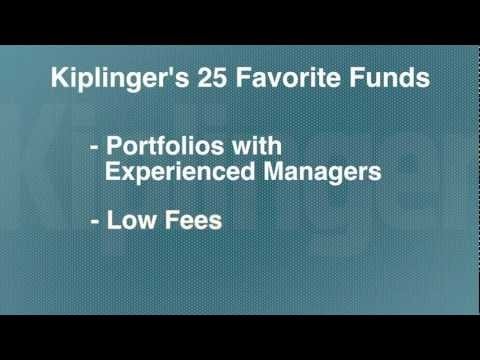Fidelity Launches Actively Managed Fixed Income ETFs
Post on: 8 Апрель, 2015 No Comment

Three new funds provide fixed income exposure in ETF format
Fidelity Investments announced on Thursday that it is expanding its ETF offerings with a suite of actively managed fixed income funds.
The Fidelity Total Bond ETF (FBND ), Fidelity Limited Term Bond ETF (FLTB ) and Fidelity Corporate Bond ETF (FCOR ) can be purchased commission-free through Fidelitys brokerage platforms. Each has expense ratios of 0.45%.
The Total Bond ETF is a core-plus capability, according to Scott Couto, president of Fidelity Financial Advisor Solutions, and is benchmarked to the Barclay Aggregate. He said it uses the same investement approach as its mutual fund counterpart, the Fidelity Total Bond fund (FTBFX ).
Limited Term Bond fund also has a mutual fund counterpart, Couto told ThinkAdvisor in an interview. Its really designed for investors who are looking to take a lower duration approach, or an approach with less interest rate sensitivity. Weve seen a lot of renewed interest in that investment capability this year, as you can imagine, with advisors who are concerned about rising interest rates impact on their clients portfolios.
Similarly, the Fidelity Corporate Bond fund has been available in open-end format, but I like this capability a lot because one of the hallmarks of our investment approach in fixed income is fundamental, bottom-up research. That is equally as valid on the equity side as it is when youre looking at corporate bonds, Couto said.
The launch brings the total number of commission-free ETFs offered by Fidelity to 84. The firm currently has over $175 billion in ETF assets under administration.
Active ETFs are fairly new vehicles. Of the almost 1,300 ETFs available, according to the Investment Company Institute, just 61 are actively managed. Those funds represent $14 billion in total net assets as of year-end 2013. Total ETF assets were at $2.3 trillion.
Among the benefits of active ETFs, Couto said, is being able to make sense of complex markets. If youre looking for a particular credit quality or tranche of a mortgage-backed exposure or some sort of asset-backed security, theres an awful lot to look at, he said. Generally speaking, when theres that sort of complexity in a market, thats when active management makes a lot of sense and can add value. Over time, our credit research teams working hand in hand with our traders as well as our risk management portfolio team has really delivered returns that are better than the benchmark—so better than passive—in a very risk-controlled format.
Advisors with a technical approach might prefer the new ETFs, Couto said. There are a lot of similarities between the way an advisor would use an ETF and an open-end fund. Its a matter of preference. Over the last year and a half, what weve found is there are advisors who, for a variety of reasons, like to use one versus the others. Its great that now our capabilities are packaged in both formats.
Couto said that all year long, FAS has been having very robust conversations with advisors about how to use fixed income as part of their long-term portfolio strategy.
When the news came out of the West [regarding Bill Gross move from PIMCO to Janus], we were already part of the conversations advisors were having about potential shifts in their fixed income operations, said Couto, in an interview with ThinkAdvisor.
According to Couto, the number of phone calls to Fidelitys fixed income group has doubled. This means about 20,800 calls in September versus 10,000 in January.
Fixed-income conversations center on several themes, he said. Advisors and Fidelity are talking about the role fixed income can play in client portfolios over the long term.
The industry has seen significant flows into nontraditional bond funds, for instance, but these funds can entail credit and other risks, he pointed out.

We advocate a more high-quality approach to the sector, Couto said.
Using the Fidelity Yield Investigator tool, advisors can analyze client portfolios. Many advisors are finding out that the impact of rising rates could be a lot less than they had feared.
Fidelitys fixed income group doesnt foresee a 1994-like scenario, i.e. a significant interest-rate hike, on the horizon, he noted. And, if advisors and clients are concerned about rising rates or other issues, they may want to consider reducing duration and lowering exposure to these risks.
Possible portfolio holdings that are worth a look, Couto said, include municipal bonds, which offer investors tax advantages and good value relative to their taxable counterparts.
Some clients may want to diversify by adding emerging-markets debt, floating-rate loans, real estate products that produce income or dividend-paying stocks.
We have been talking all year about these themes, the executive said.
The Fidelity Advisor Total Bond Fund, has experienced modest but steady inflows most of the year, he said, though the broad category has seen investor outflows during that timeframe.
Likewise, the groups limited-term bond fund has seen a reversal of flows, too, according to Couto.
Though Gross may be the industrys bond king, Fidelity takes a different approach, he noted. We tend to run the funds duration-neutral and dont make big interest-rate bets. We like to add value via our security selection [] and sector weightings.














